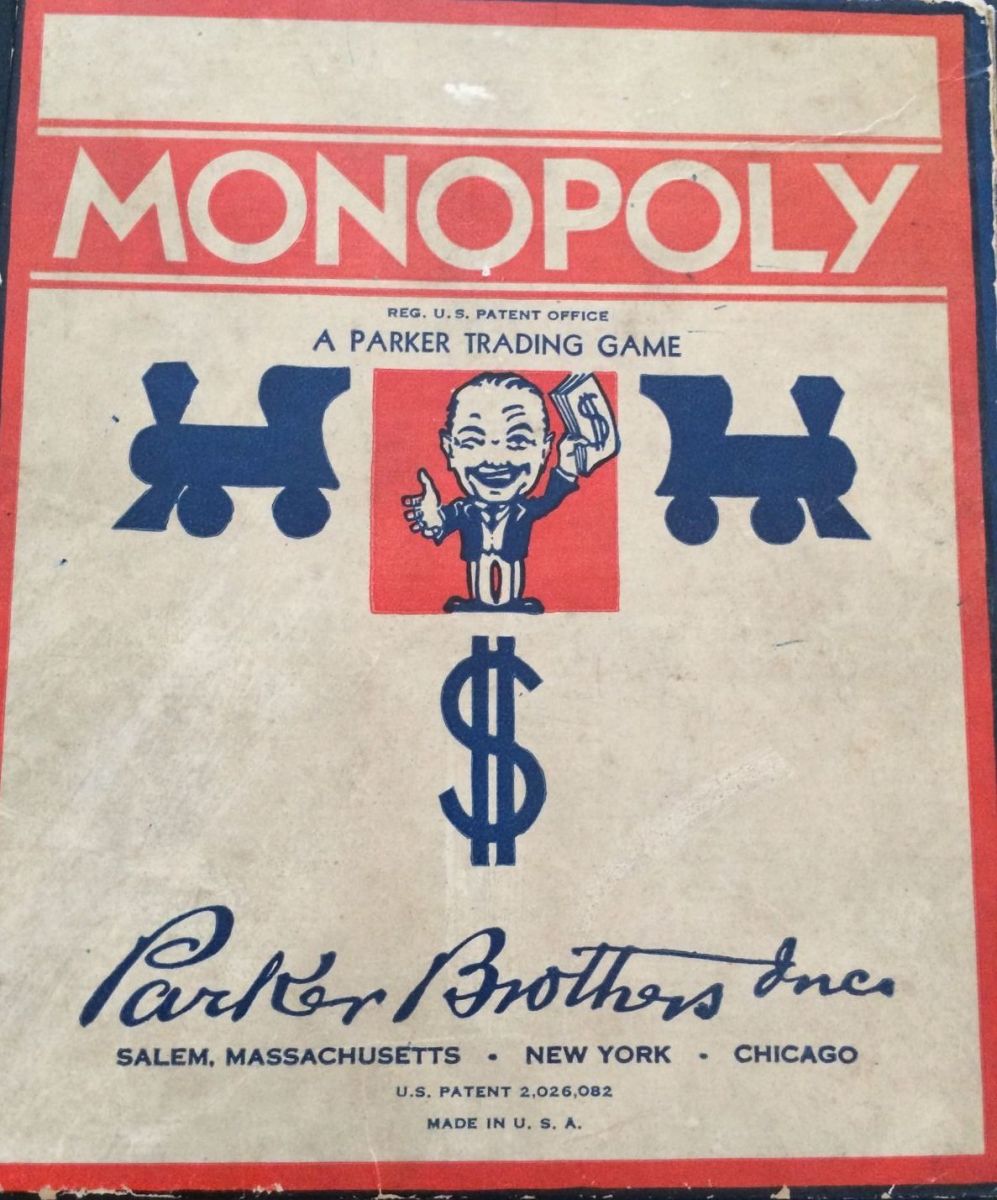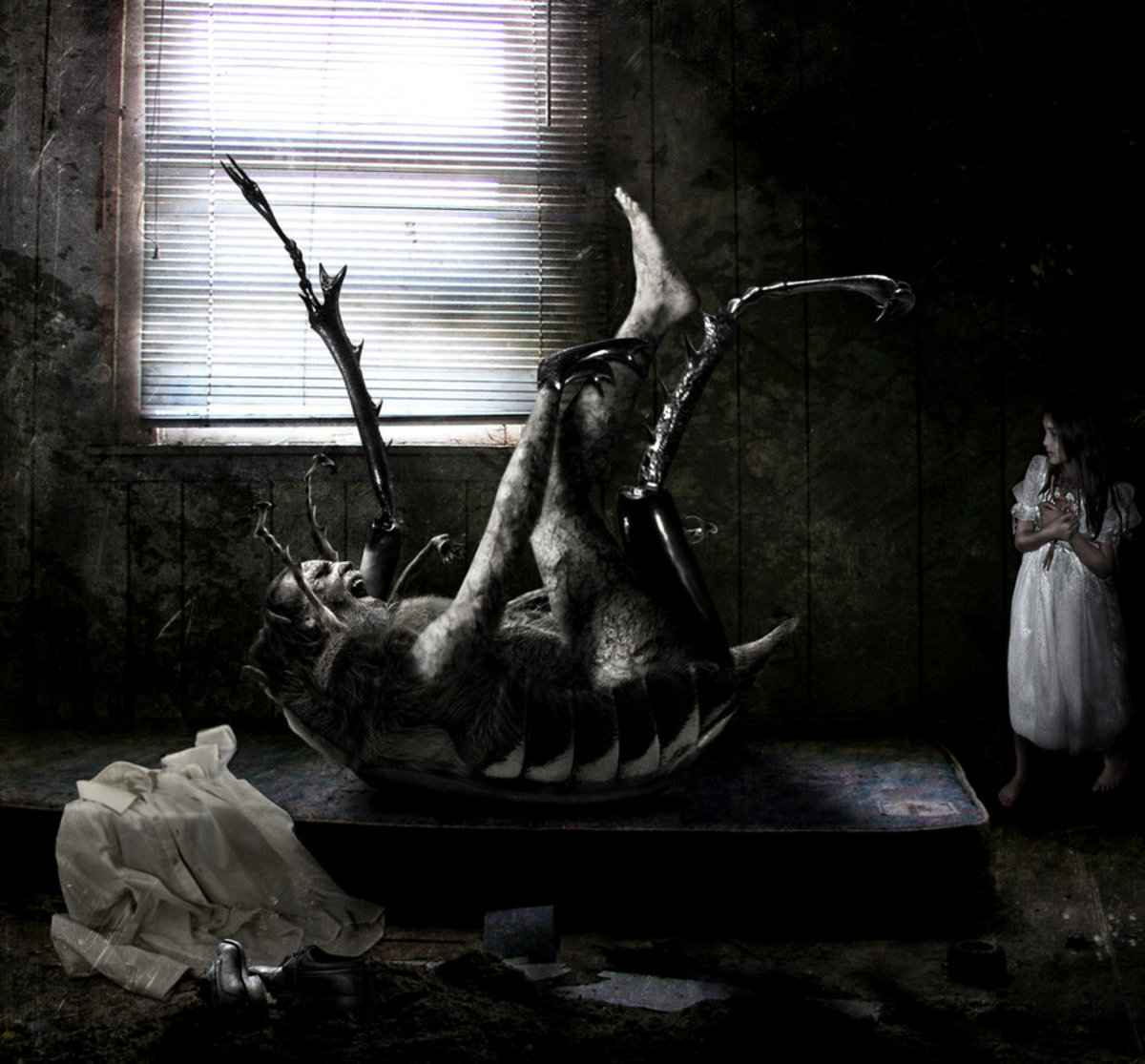- HubPages»
- Books, Literature, and Writing»
- Literature»
- Literary Criticism & Theory
The Exorcist, Ideologies, and the United States, Part I
In The Articulate Body: Demonic Conflict in The Exorcist, author Frans Ilkka Mäyrä states that “The Exorcist can be read as a relentless exploration of evil, and as an argument advocating religious interpretation of it: evil as a supernatural, malevolent power that is actively operating in our world” (143). Certainly, attempting to remove the religious framework of The Exorcist would be an impossibility, but to focus solely on the paranormal battle between good and evil within the confines of religion and ignore the intricately woven subtext of the discontent of a nation disregards the critical social and cultural oppositions that preceded and followed the publication of The Exorcist in 1971. William Peter Blatty, himself, acknowledges these subtexts with the inclusion of epigraphs which interlace religion with the mafia, communism, and the extermination of millions of people—evil both supernatural and created at the hands of men—not stating explicitly the instability caused by clashing ideologies that pervaded the Unite States over the two decades prior to the publication of The Exorcist, but rather alluding to the overall sociological and cultural context of the novel.
That is not to say, however, that religion does not and should not play a role outside the boundaries of the church when examining The Exorcist. Julia Kristeva stresses that the disintegration of the prominent role religion contributed to the societal and cultural mores is partially to blame for the “crisis of modern Western culture” in general (Oliver 125) and, for the purpose of this series of articles in particular. Three characters—Chris MacNeil, Father Damien Karras, and Regan MacNeil—will be used to explore the dichotomies that existed between the differing ideologies that existed in the United States prior and up to the 1970s.
Robert Miles notes that the general rule of the Gothic is that “the supernatural arises with the violation of, not the laws of nature, but the ‘laws’ of the nation, by which I mean breaches of the congruence between myths of national origin, and the constitution which is the guarantor of […] national identity” (65). Certainly this is an important point given the supernatural context of Blatty’s The Exorcist. The absolute origins of the United States, however, are largely irrelevant; countries are fluid and constantly reinventing themselves. Ideologies change, shift, clash, and myths of origin become legend, especially following any major upheaval. For the purpose of this series of essays, the focus will be on the United States as having risen newly-formed out of the ashes of WWII.
The 1950s
The conservatism of 1950s America was a direct result of the sacrifices of WWII—a rallying point for Americans to gather round and collectively recover from at its conclusion. As noted above, nationalism is based on the absolute agreement between “the political and national unit” (Miles 52), and following WWII this agreement existed between the citizens of the United States and its government. Communism was the enemy; fighting it zealously was the common goal as seen by McCarthyism and the vast hysteria it created. The perceived homogenization of the Unites States was valuable, however, because it initiated economic growth (Pearson Chp. 27), a necessity for a country that was not only rebounding from a war, but recovering from economic depression, as well. This prosperity signaled the beginning of the consumer culture which reinforced not only the false sense of homogeneity, but also the collective behaviors such as the determination to root out communism and the decline of class differences (Pearson Chp. 27). Ironically, the erroneous belief that a classless, cohesive society existed in the United States mirrored the goals of communism which the collective whole was determined to eradicate.
Fueled by a conservative government, including a Republican-controlled congress, certain aspects of American life were highlighted: churches saw a marked rise in attendance (doubling between 1945 and 1960), and the nuclear family was not only encouraged, it was expected, as was adherence to “traditional gender roles” (Pearson”. Women were delegated back to the concurrent roles of mother and housewife after having spent the war years working in place of their husbands and fathers who were off fighting the war. Those women who chose to continue their careers were met with the reality of “workplace inequalities” as well as subjected to denigration reserved for anyone deviating from the stereotypical norms (Pearson Chp. 27).
The 1960s and 1970s
By contrast, 1960s America was intent on a “fresh brand of liberalism” that “could repair the defects of the consumer society” which included a desire to rectify social ills such as poverty and the subsequent absence of opportunities as well as approaching the political economy in an entirely new manner (Pearson Chp. 28). The will of the people shifted from conservatism to liberalism as did the scope of the government (Pearson Chp. 28) The Republicans were replaced by Democrats and with that change came an insistence that continued economic growth as well as the implementation of various social programs that would best be handled by the federal government (Pearson Chp. 28).
As with the 1950s, the 1960s also had its share of discontent. The United States Supreme Court “preserved and expanded individual rights” corresponding with the expansion of government power (Pearson Chp. 28). Additionally, various special interest groups, including the “women’s lib” movement, began to assert themselves; no longer would they be content with delegation to the background (Pearson Chp. 28). The “rebellious youth” was insistent on transcending the consumerism and conservatism of the 1950s; changing lifestyles and customs coupled with sexual freedom and recreational drug use – all of which was viewed as an “organized threat” to what were considered revered American ideals – complicated an already changing society (Pearson Chp. 28). The late 1960s and early 1970s saw a dramatic decline in church attendance (Newsbatch), and prayer was removed from public schools by the United States Supreme court which caused further controversy.
Because nationalism is reliant on cohesion between the government and the people of its country, the disintegration of that cohesion caused the United States to experience a serious decline both economically and politically in the later 1960s and early 1970s (Pearson Chp. 29). According to Julia Kristeva, the most basic characteristic of abjection is opposition (Kristeva 1); it is beneath the cover of abjection and the inherent lack of cohesiveness of early 1970s America that The Exorcist can be viewed. The prevalent ambiguity can be seen as having a direct correlation to the struggle between opposing ideologies; as the 1960s abjected the 1950s, the 1970s were a struggle for a more moderate climate. When William Peter Blatty published The Exorcist in 1971, the United States was experiencing a schism due to opposing ideologies; the conservatism that marked the 1950s was negated by 1960s liberalism. Homogeneity was replaced by individualism, religion by reason. Toward the end of the 1960s, the schism became more pronounced as the polar opposites struggled for control, creating a sense of confusion and discontent. The sense of alienation and disaffection is reflected in the characters of The Exorcist.
Part II will look at Chris MacNeil, Father Damien Karras, and Regan MacNeil as they embody the differing ideologies.
Works Cited
Blatty, William Peter. The Exorcist. London: Transword Publishers. 2007.
Kristeva, Julia. Powers of Horror: An Essay on Abjection. New York: Columbia University Press. 1982.
Mäyrä, Frans Ilkka. “The Inarticulate Body: Demonic Conflicts in The Exorcist”. Demonic Tests and Textual Demons: The Demonic Tradition, The Self, and Popular Fiction. 2005. Tampere: Tampere University Press. 1999.
Miles, Robert. “Abjection, Nationalism and the Gothic”. The Gothic. Ed. Fred Botting. Cambridge: D. S. Brewer. 2001.
Newsbatch. “Religion and Public Policy”. May 2005. <http://newsbatch.com/religion.htm>
Oliver, Kelly. Reading Kristeva. Bloomington: Indiana University Press. 1993.
Pearson Education Companion Website: Making a Nation: The United States and Its People. “Chapter 27: The Consumer Society: The 1950s”. 1995-2008. <http://wps.prenhall.com/st‑boydston_copy/8/2187/559930.cw/index.html>
Pearson Education Companion Website: Making a Nation: The United States and Its People. “Chapter 28: The Rise and Fall of the New Liberalism, 1960-1968”. 1995-2008 <http://wps.prenhall.com/st_boydston_copy/8/2187/560036.cw/index.html>








